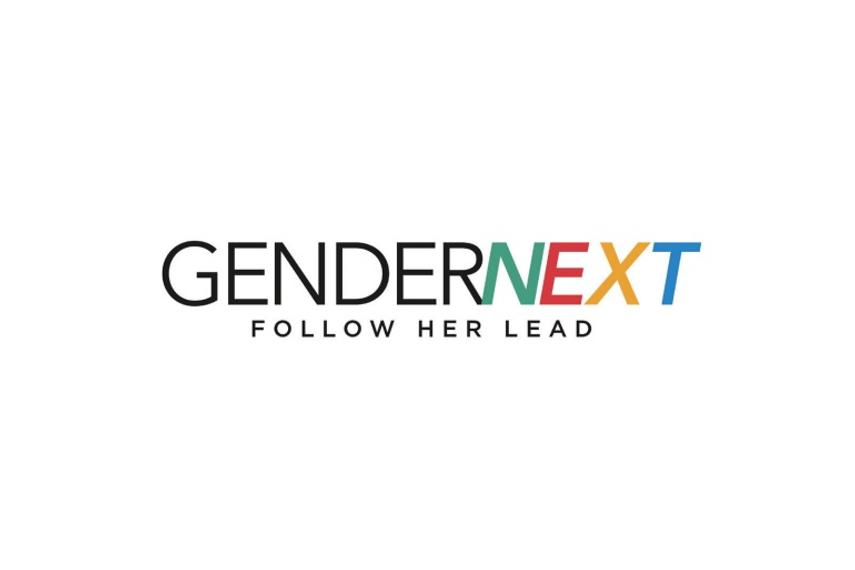
Please sign in or register
Existing users sign in here
Having trouble signing in?
Contact Customer Support at
[email protected]
or call+91 022 69047500
A panel hosted by ASCI saw experts discuss the findings of the GenderNext report and explain what representation of women in advertising means to them

Contact Customer Support at
[email protected]
or call+91 022 69047500
Top news, insights and analysis every weekday
Sign up for Campaign Bulletins
This year’s Shortlisting Jury panel includes industry expert representations from 79 country-markets across various categories.
Google’s AI Max for Search signals a shift in how information is found, used, and expected to perform—and is raising new challenges for marketers and brands alike.
Latest results reveal uneven performance across regions, with Asia-Pacific facing challenges amid shifting client priorities and global cutbacks.
King Khan’s Met Gala debut exposed a PR and media blind spot—one that marketers must fix if India’s soft power is to land globally.